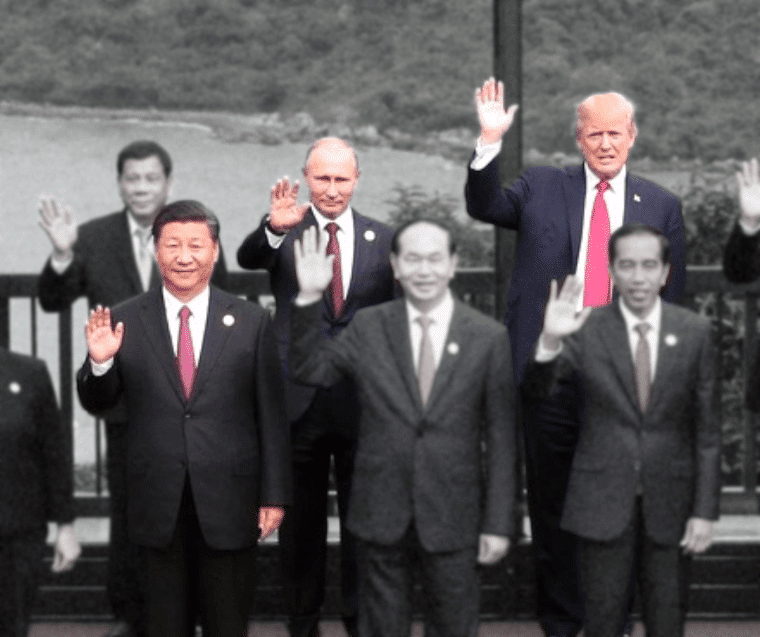How the next nuclear arms race will be different from the last one
By Benjamin Zala | January 2, 2019
 Credit: Illustration by Matt Field. Based on photo by www.kremlin.ru CC BY 4.0 via Wikimedia Commons.
Credit: Illustration by Matt Field. Based on photo by www.kremlin.ru CC BY 4.0 via Wikimedia Commons.
All the world’s nuclear-armed states (except for North Korea) have begun modernizing and upgrading their arsenals, leading many observers to predict that the world is entering a new nuclear arms race. While that outcome is not yet inevitable, it is likely, and if it happens, the new nuclear arms race will be different and more dangerous than the one we remember. More nuclear-armed countries in total, and three competing great powers rather than two, will make the competition more complex. Meanwhile, new non-nuclear weapon technologies – such as ballistic missile defense, anti-satellite weapons, and precision-strike missile technology – will make nuclear deterrence relationships that were once somewhat stable less so.
Together, we make the world safer.
The Bulletin elevates expert voices above the noise. But as an independent nonprofit organization, our operations depend on the support of readers like you. Help us continue to deliver quality journalism that holds leaders accountable. Your support of our work at any level is important. In return, we promise our coverage will be understandable, influential, vigilant, solution-oriented, and fair-minded. Together we can make a difference.















